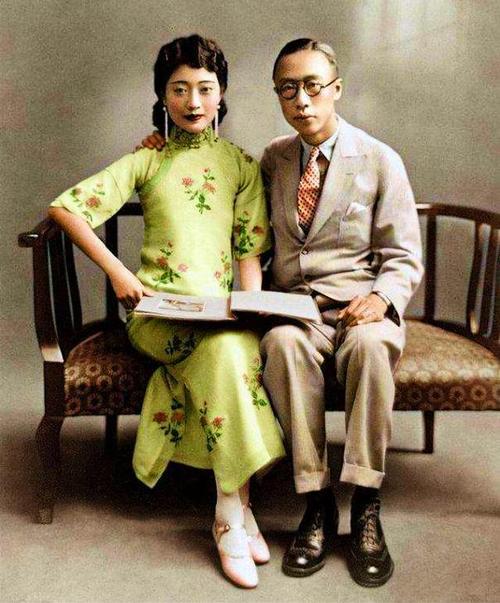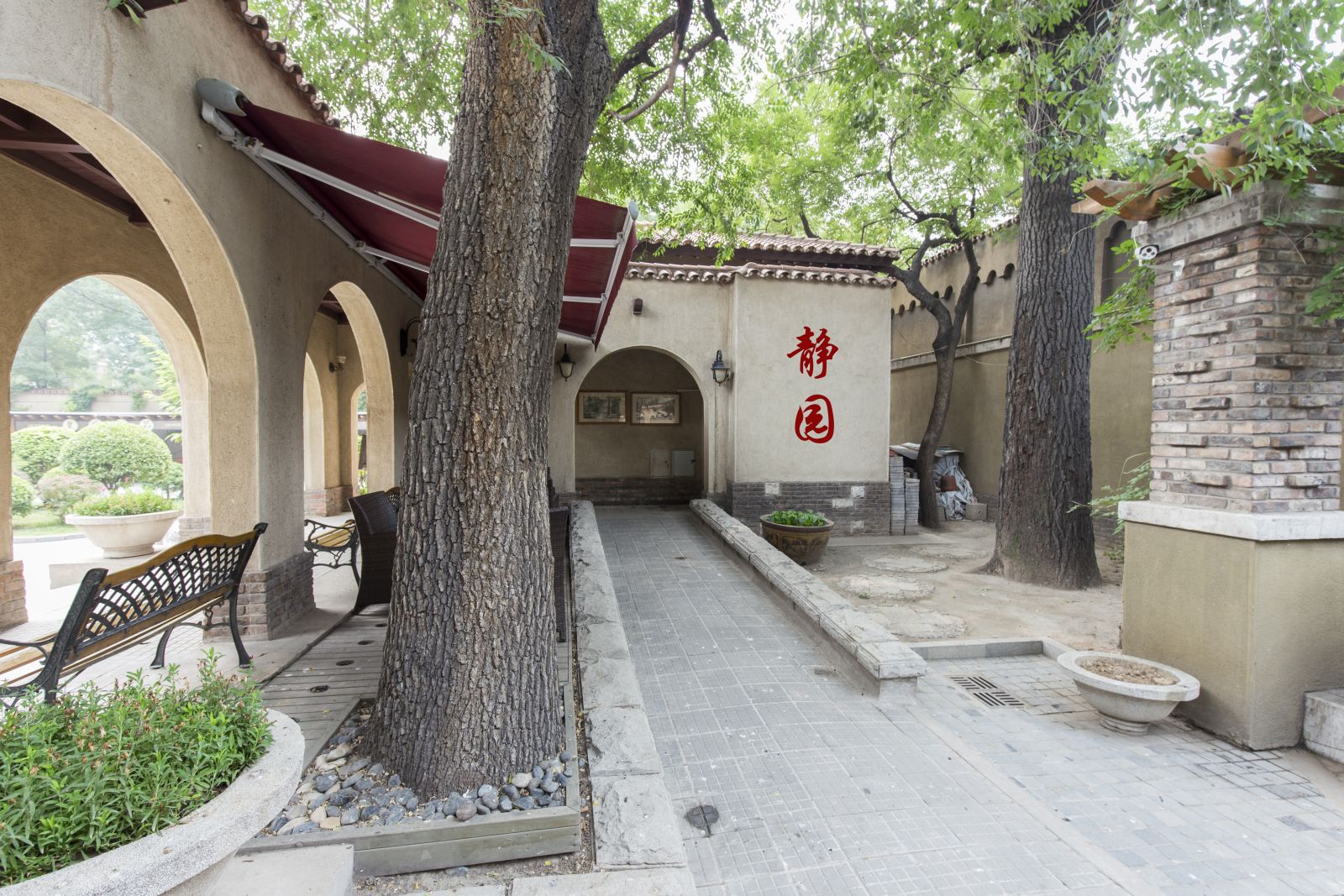Chinese Name: 静园 Pronunciation: Jìng Yuán
Building Time: 1921
Best Visiting Time: All year around
Suggested Visiting Hours: 1-2 hours
Park Area: About 3016 square meters
Address: No. 70, Anshan Road, Heping District, Tianjin
Building Function: It was the former residence of Puyi, the last emperor of Qing Dynasty and it is now one of the heritage sites in Tianjin, China.
| Tourists | Ticket Price |
| Adults (19-59 years old) |
20 yuan |
| Children (7-18 years old) |
10 yuan |
| Seniors (60-69 years old) |
10 yuan |
1. Children aged 6 years or below are free for the admission ticket.
2. Seniors aged 70 years or above are free for the admission ticket.
| Park Gate | All Year Round (Except Chinese New Year's Eve) |
| Opening Hours | 9:00-17:30 |
| Ticket Office Opening Hours | 9:00-17:00 |
1. After 17:00, no entry is allowed.
2. Jingyuan is closed on Mondays and Chinese New Year's Eve.

Situated in the former Japanese Concession Area of Tianjin, Jingyuan Garden is now one of the heritage sites under special protection, the important historic architecture under the protection of Tianjin and the national AAA-grade tourist attraction. Jingyuan Garden is the former residence of Puyi, the last emperor of China, who lived here along with Empress Wanrong and Concubine Shu Wenxiu from 1929 to 1931.
Jingyuan Garden, with an area of 3016 square meters, consists of three sets of courtyards: the front yard, the back yard and the side yard. The complex of Jingyuan consists of the main building, library, servants’ chamber, kitchen, and garage. And it is famous for its combination of different architectural styles, such as the Japanese architectural styles and the Spanish architectural styles. The main building is a two-storied Spanish brick-wood architecture. There are 21 rooms in this building. The rooms of Jingyuan all reflect their original royal style and functions with rich cultural characteristics as well as the elegant texture of the furniture. There is a living room, a dining room, guest rooms and a kitchen on the first floor. And there are bedrooms, a library and a chamber on the second floor.

Jingyuan Garden was built in 1921 and it was originally named Qianyuan Garden. It was the private house of Lu Zongyu, the minister-counselor to Japan nominated by the Northern Warlords’ Government. In 1929, Puyi moved into Qianyuan Garden. Then it was named Jingyuan Garden by Puyi because “Jing” means stillness in English and Puyi wanted to strengthen himself with noble spirit by living in a peaceful environment. From 1929 to 1931, Puyi lived here along with Empress Wanrong and Consort Shu Wenxiu. In July 2007, Jingyuan Garden was repaired by Tianjin Historical Architecture Restoration and Development Co., Ltd. And it has been the national AAA-class Scenic Spot and the important historic architecture in China.

Puyi was the last ruler of the Qing Dynasty(1636-1912) and the last Emperor of China. He was also known as Henry Puyi in the West. After his uncle, the Guangxu Emperor died, he was made the Xuantong Emperor from 1908 until his forced abdication on 12 February 1912. His abdication meant the end of the 267-year Qing rule of China and the 2,000-year-old imperial system. But Puyi was allowed to remain living in the palace in Beijing and continue a lavish lifestyle. In 1924, he secretly left Beijing and moved into the former residence of Lu Zongyu, which was located in the Japanese Concession Area of Tianjin and is now known as Jingyuan Garden. In 1932, Japan made him ruler of Manchukuo, the Japanese puppet state in Manchuria (China’s Northeast). He got the reign title of Kangde and he was emperor of Manchukuo from 1934 to 1945. Before the end of World War II, he was put in jail by the Russians and returned to China until 1950 for trial as a prisoner of war. He was pardoned in 1959 and went again to live in Beijing. His legend was adapted into the epic biographical film, The Last Emperor, which won nine Oscars at the 60th Academy Awards.
Take bus 3, 50, 600 outer ring, 606, 631, 632, 641, 643, 657, 669, 678, 800, 840,847, 851, 865 and get off at Anshan Road Metro Station. After that, you need to walk westward about 120 meters, turn right, walk about 20 meters, walk about 370 meters along the Anshan Road to Jingyuan Garden.
Take Metro Line 1 and get off at Anshan Road Metro Station. Then take a walk toward northeast around 340 meters to get there.
Chinese: 请带我去静园。English: Please take me to Jingyuan Garden.
If you go to Jingyuan Garden from Tianjin Binjiang Renaissance Hotel, it takes about 10 minutes (about 15 yuan).
If you go to Jingyuan Garden from Tianjin Train Station, it takes about 20 minutes (about 20 yuan).
If you go to Jingyuan Garden from Tianjin Binhai International Airport, it takes about 40 minutes (about 60 yuan).
